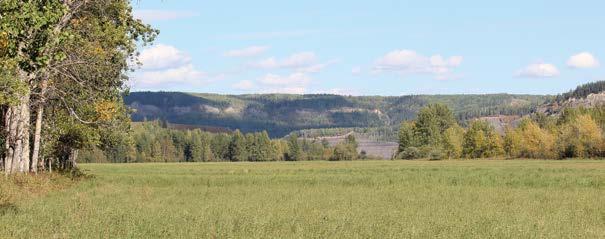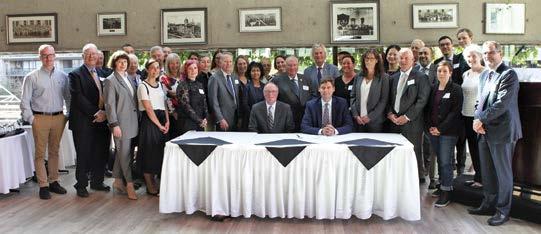THEME Marissa Evans
Green and Sustainable Building Practices in BC
T
Edgemont Walk, a collection of 24 executive townhomes with sustainable features in Edgemont Village, North Vancouver
he real estate market in Greater Vancouver has recently faced uncertainty and change. One thing all developers and builders are certain about . . . the future of green building practices. Designing homes and buildings that are energy efficient, use sustainable materials, and can lessen the impact on the environment during their construction are a critical part of the future of this industry. It has become industry standard to incorporate sustainable building practices and design for the future with that in mind, from operational systems within the home or building, through to interior and exterior finishes, water conservation, and air quality. Sustainable and green building practices are an important part of
28
TABLE OF CONTENTS
design from the initial concept to the construction stages. The very core of the building materials chosen have a sustainable impact. Insulation and carpet underlay can include recyclable materials.
Designing homes and buildings that are energy efficient, use sustainable materials, and can lessen the impact on the environment during their construction are a critical part of the future of this industry. Further, it is beneficial to have the building materials sourced locally, within 800 kilometres of the site whenever possible. The transportation of building materials can be a substantial energy use and the local manufacturing and transportation of BC Notaries Association
those materials reduces that energy consumption. Additionally, all trades should be required to recycle their own waste, including leftover material and packaging to reduce landfill waste and contribute to a cleaner working environment.
Within and Around Your Home Environmental responsibility should extend to the interior of each home. New Key features are becoming more and more common. As multifamily living continues to grow in popularity both by choice and necessity, green and sustainable features are becoming a key component to the interior design of such communities. Some of those features have been around as options for years but are becoming more and more standard. Natural-based materials for carpeting, for example. Natural wool carpets are durable and use less Volume 28 Number 2 Summer 2019





















